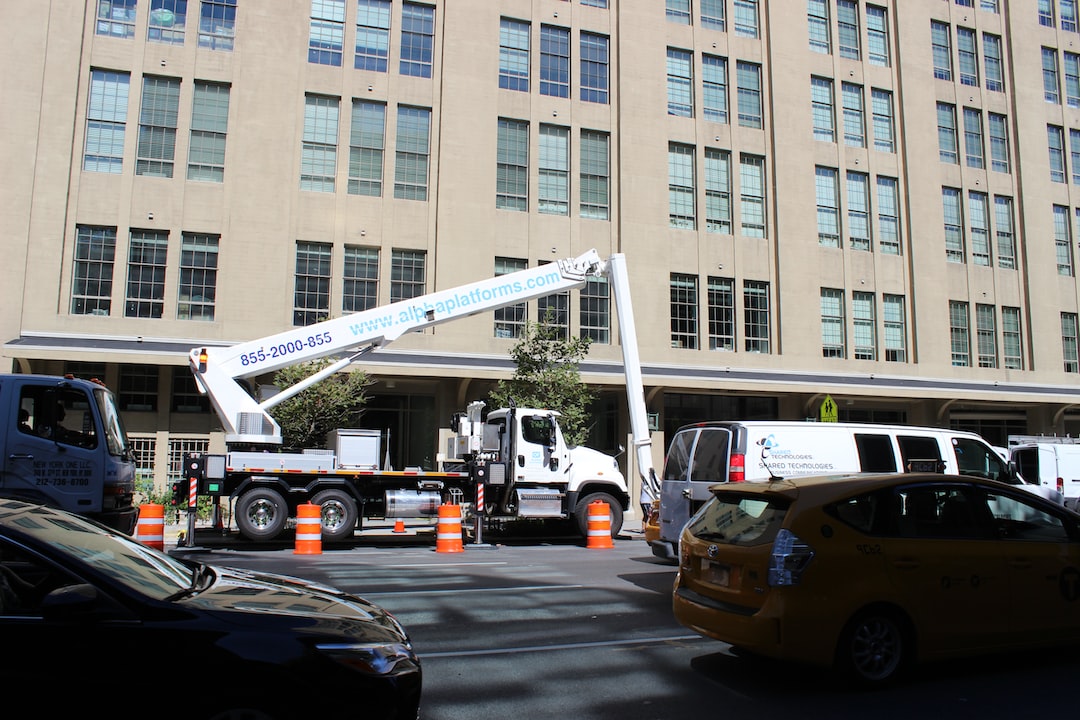Manual J Load Calculation is an essential step in determining the heating and cooling requirements of a building. It is necessary to ensure that the HVAC system is properly sized, installed, and operates efficiently. However, the outcome of the Manual J Load Calculation can be significantly affected by the local codes and regulations that govern the construction of buildings. Therefore, it is crucial to consider and comply with them.
The local codes and regulations are created to ensure the safety and welfare of the community. They cover various aspects of buildings, including their construction, occupancy, fire safety, and energy efficiency. In Manual J Load Calculation, the codes and regulations play a crucial role in determining the various inputs required to calculate the load effectively. For instance, the codes stipulate the minimum insulation requirements, the maximum window-to-wall ratios, the type of HVAC system to be used, and the geographical location of the building. All these factors have a significant impact on the load calculation and must be considered.
One of the critical aspects that local codes and regulations influence in Manual J Load Calculation is the envelope tightness of the building. The codes specify the minimum air leakage rates and the maximum infiltration rates of the building envelope. This information is crucial because it affects the sensible and latent heat gains and losses of the building. Proper insulation and sealing of the building envelope help to reduce the heat gains in the summer and heat losses in the winter. Failure to comply with the codes may result in an over-sized HVAC system which leads to higher installation and operating costs.
Local codes and regulations also affect the window-to-wall ratio which plays a critical role in Manual J Load Calculation. The ratio determines the amount of solar heat gain that enters the building and the views that are provided to the occupants. The codes specify the maximum solar heat gain coefficient or the minimum shading coefficient that the windows should meet. Building designers should, therefore, consider these requirements when selecting windows. Reducing the solar heat gain also helps to lower the cooling load of the building.
The type of HVAC system used is also influenced by local codes and regulations. The codes specify the minimum efficiency ratings for the HVAC equipment, the type of refrigerant to be used, and the amount of ductwork leakage allowed. The HVAC system is the most energy-consuming system in a building, and complying with the codes results in a reduced energy demand. Proper insulation and sealing of the ductwork also help to reduce the HVAC load, which may result in downsizing the equipment.
In conclusion, local codes and regulations play a crucial role in Manual J Load Calculation. Building designers should consider and comply with them to ensure that the HVAC system is adequately sized, installed correctly, and operates efficiently. Failure to comply with the codes may result in an oversized HVAC system, which leads to higher installation and operating costs. Proper insulation and sealing of the building envelope and ductwork help to reduce the heating and cooling load of the building, resulting in lower energy consumption. Ultimately, complying with local codes and regulations is not only necessary but also critical to the efficiency, comfort, and safety of the occupants of the building.
************
Want to get more details?
REScheck Review
https://www.rescheckreview.com/
(800) 671-1895 ext 702
We provide Home Builders and Home Owners across the country REScheck and Manual J Energy Compliance reports for new homes or home additions.

